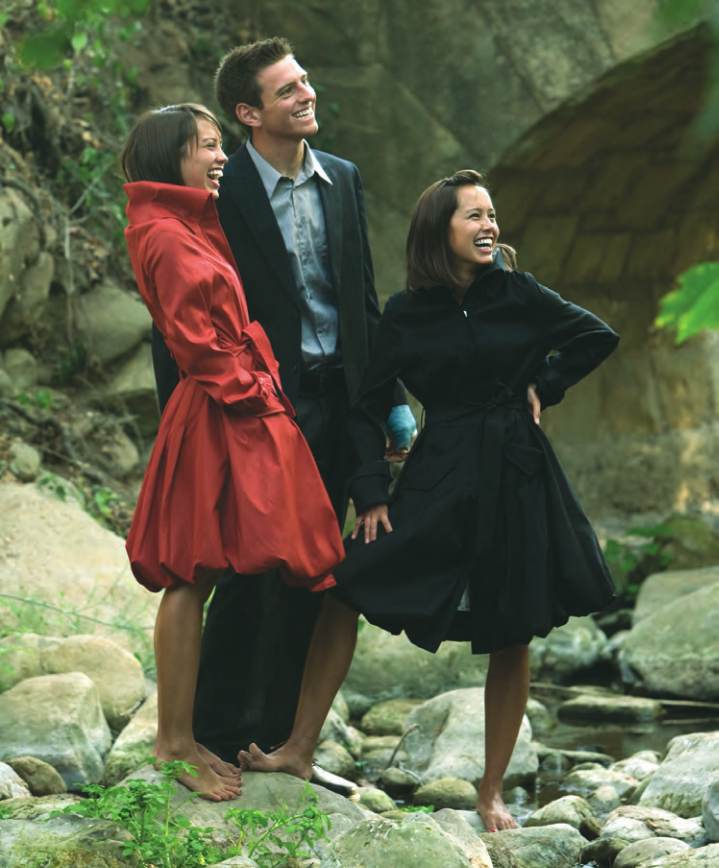Basic HTML Version



36
winter
|
spr ing
Decorative – and Expensive – Touches
The original cast iron and hand-blown seeded glass chandeliers above
our heads are not stiffly connected; they are built to shake, not shatter,
in case of an earthquake, and some of that glass needed to be restored.
The chandelier in the valet area was recently purchased, but it is from
the same time period (1920s) as the original building and the other
chandeliers.
“Ty went out specifically, himself, and found someone who could make
the chandelier in the [newly constructed] porte cochere, as well as the ones
in the Ty Lounge,” Douglas Smith notes. In another instance, Ty found
chandeliers that were of the area; for example, the two in the Ty Lounge
are from a theater in Los Angeles.
“Even the hardware for the drapes has been replicated to the era,”
Greg says, adding that, “You don’t see windows like these any more. We
wanted to keep that feel and you can’t even get those made in the way
these were made, so we had to preserve all the doors and windows, all of
which were covered by Plantation shutters before the curtains replaced
them.”
The shields on the corridor lighting fixtures are all
hand-applied
gold
leafing to waxed parchment paper, which were then sealed. It took “a
precious long time” to do, says Doug, “about four to five months.”
Fire guards are handmade in Southern California especially for the
Biltmore, based upon a design chosen by Ty, who became personally
involved in a number of the rooms. If you check into a room at the
Biltmore that has a little glass heart in it (the Ty Inc. logo), you have
checked into a room
personally
designed by the hotel’s owner.
Real Antiques in Many Rooms
All the furnishings for the hotel are either antiques or were custom
built, mostly with solid wood rather than particle wood and veneer, a
rarity these days. Hospitality hotels take advantage of the fact that people
aren’t around for too long and furniture has just a visual impact, but that
isn’t what Ty Warner believes. Furniture at the Biltmore is well crafted,
particularly the items in the suites and cottages.
Another expense people wouldn’t necessarily take note of is the venting
into the rooms. Warner didn’t simply add a grill to hide the vent, but had
them constructed of cast concrete in a style one would have seen in the
era. It’s a small thing, but apparently an important part of the detailing
that Reginald Johnson was trying to achieve when he designed the
building.
Finishing touches in a number of rooms at
the newly renovated Four Seasons Biltmore
were done by the hotel’s owner, Ty Warner.
All drapery fabrics are 100% cotton (not
polyester or blends that are typical at hotels);
to do so, Ty has invested a great deal of
money treating the fabrics so that they comply
with flame retardant codes.

